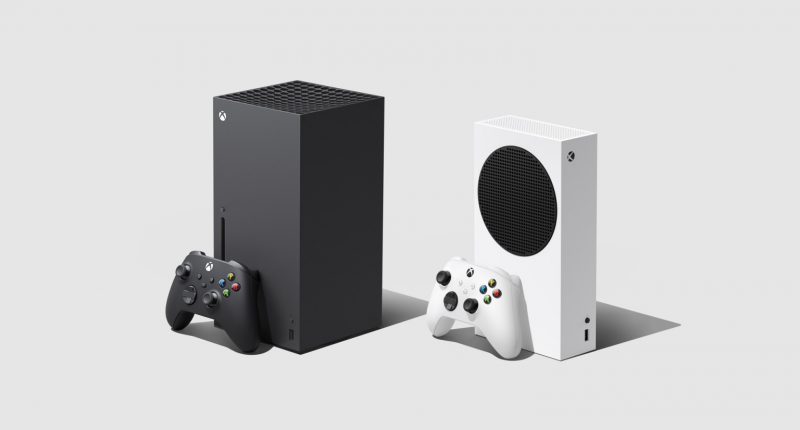Microsoft has officially announced the Xbox Series X and Series S arrival for November 10, confirming the price of the Series X console in the process. The company’s flagship console will launch with a price tag of $499 and the Series S, as confirmed yesterday, will be available for $299. Microsoft will enable pre-orders starting from September 22 for both the Xbox consoles.
Xbox series X, announced earlier this year, is Microsoft’s next flagship gaming console that comes with a massive 12 teraflops of GPU performance, twice what the Xbox One X had. The custom octa-core CPU on the Xbox series X is based on AMD’s ZEN 2 and Radeon RDNA 2 architecture. The biggest part? This console will be loaded with a 1TB NVMe SSD, a first for consoles (even though it has become the norm on this generation of consoles) that will help games load faster.
Microsoft had also introduced DirectX raytracing and variable rate shading (VRS) for the device. These new features will ‘prioritize individual effects on specific game characters or important environmental objects’ rather than on the whole screen.
The console is said to support 4K gaming at 60 fps, and provide upto 120 fps at 1440p- a huge upgrade from last gen. With new functions like Auto Low Latency Mode (ALLM) and Variable Refresh Rate (VRR), the new Xbox console will reduce input lags and result in visually smoother gaming.
Microsoft had already announced some information regarding the budget Xbox series S earlier in a teaser, where it confirmed various leaks and revealed that the new compact Xbox console will be priced at $299. In the teaser, Microsoft claims that the Xbox series S is the ‘smallest Xbox ever’, around 60% smaller than the upcoming new flagship Xbox series X.
The series S will be fitted with a custom NVMe SSD of 512GB storage. The biggest downgraded feature of this console is its GPU that will only provide gaming at 1440p resolution. But the ‘compact’ console will maintain other features of the Xbox series X such as 120fps frame rate, Low Latency Mode, VRR, raytracing and variable-rate shading, in itself, even though 4K isn’t really its strong suit.





